Racing for sport has been around for eons. Whether it’s the foot races of the ancient Olympic games, or the visceral danger-filled chariot races of ancient Greece and Rome, or the motor sports of the present day, racing has thrilled audiences for millennia. What all these have in common is that they are largely done in a two-dimensional plane, i.e., they are performed on the ground. They also require the racer to move themselves physically from point A to point B. However, there is a new type of racing with rising popularity that is breaking all those rules: First-Person View Drone Racing.
What is FPV Drone Racing
Drone use has increased exponentially over the last few decades due to their ease of use, manoeuvrability, and efficiency in so many aspects. The growth in drone use has largely been seen in the commercial sector for applications such as climate change monitorisation, delivering goods, aiding in search and rescue operations, and in audio/visual productions. However, flying recreational drones has become increasingly popular as well. As one might imagine, flying drones recreationally has evolved to include drone racing.
First-person view drone racing is a new type of competitive racing sport that involves small robots flying around a circuit, often filled with obstacles. The pilot stays on the ground and flies the drones with a headset that allows them to view as if they were seated in the drone itself, hence the name, first person view (FPV) racing. Of course, the ability to fly and the manoeuvrability of the drones makes it so that the courses are three-dimensional, with obstacles that need to be flown around, under, over and even through.
Drone Racing Organisations
FPV drone racing has grown so popular that a number of drone racing competitions and associations have been created in recent years. These various FPV racing organisations create rules and regulations to offer fair racing to its pilots.
MultiGP is one of the most popular organisations with chapters located around the world, governing and sanctioning racing events on an international level. With 760 chapters globally and over 30,500 registered drone racers, it the largest drone racing league in the world.
The Drone Racing League (DRL) dubs itself, “The global, professional drone racing property for elite pilots.” What is interesting about the DRL, similar to Formula 1 racing, it is extremely focused on streaming and televising the races to the public via some of the largest outlets in the world such as NBC, Fox Sports, Sky Sports and even Twitter, while allowing online viewers to access the first-person view of the pilots themselves.
Additionally, the Fédération Aéronautique Internationale (FAI), also known as the World Air Sports Federation, is the world governing body for air sports and is recognised by the International Olympic Committee. It coordinates the organisation of the FAI Drone Racing World Cup and the FAI World Drone Racing Championship.
The appeal of FPV drone racing
There are a number of reasons that the sport has appealed to audiences across the world, but two of the largest are affordability and safety.
Affordability
One of the biggest reasons for the success is that drone racing is fairly cheap. Most of the components are affordable and accessible. All the equipment that is needed is a video camera, a video transmitter, immersive video goggles and a remote control. These components can be obtained via the internet with ease and allow one to construct a drone for as little as a few hundred euro. Compare that to the equipment needed for motor sports, and it’s no contest.
Safety
If we once again compare motor sports to FPV drone racing, the physical safety of participants in the former is at potentially high risk. Of course, with drone racing, there are no people aboard the drones. Although the drones can be quite fast, some travelling upwards of 150 km/h, the presence of obstacles in racing courses makes hitting top speed quite unlikely. The courses are also built in a way that the likelihood of a spectator or pilot being injured from a drone impact is not very high. And given how small the drones are in many cases their impact would likely not cause too much damage.
The Future of Drone Racing
Where the FPV drone racing goes from here is anyone’s guess. However, the rapid rise in the sport over the last decade has resulted in some big money investments. T-Mobile has recently invested in the DRL with a 5G partnership.
Commenting on the partnership, Neville Ray, president of technology at T-Mobile said, “We invested in DRL to fuel innovation in two large and growing markets—drones and tech-powered sports—and we can’t wait to supercharge both with T-Mobile 5G.”
With some of the largest corporations in the world involved in transmitting the DRL’s racing league and partnerships with behemoths like T-Mobile, there is clearly an audience for the sport. Combine that with the accessibility and safety of the sport, as well as low barriers for entry to the sport, it would appear that the future is bright for FPV drone racing.
___
The use of drones looks poised to have a key role in our future, whether that is through commercial or recreational means. Of course, drones are valuable pieces of equipment. Thus, high quality protection during transport and storage is imperative to keep them functioning over the long haul. Peli Products produces a wide range of protective cases that are perfect for protecting anything that you deem valuable. To see Peli’s full range of cases suitable for drones, click on the button below.




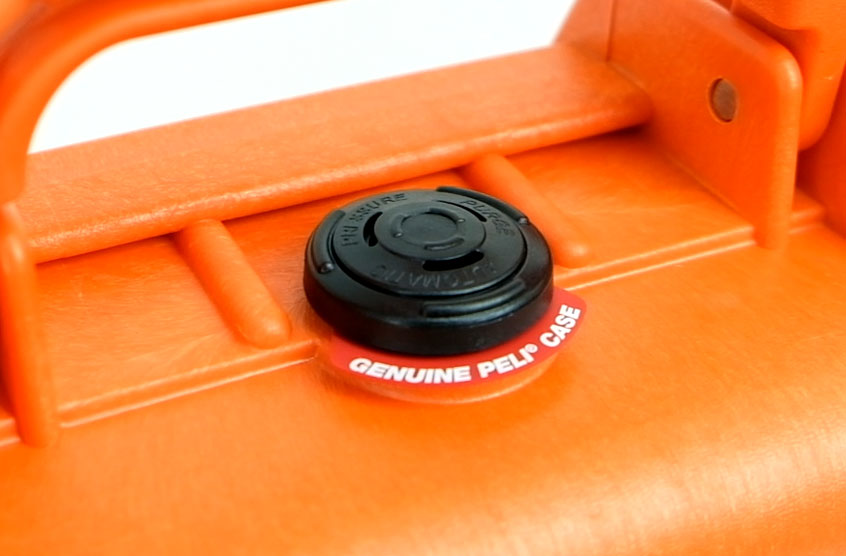
.png)

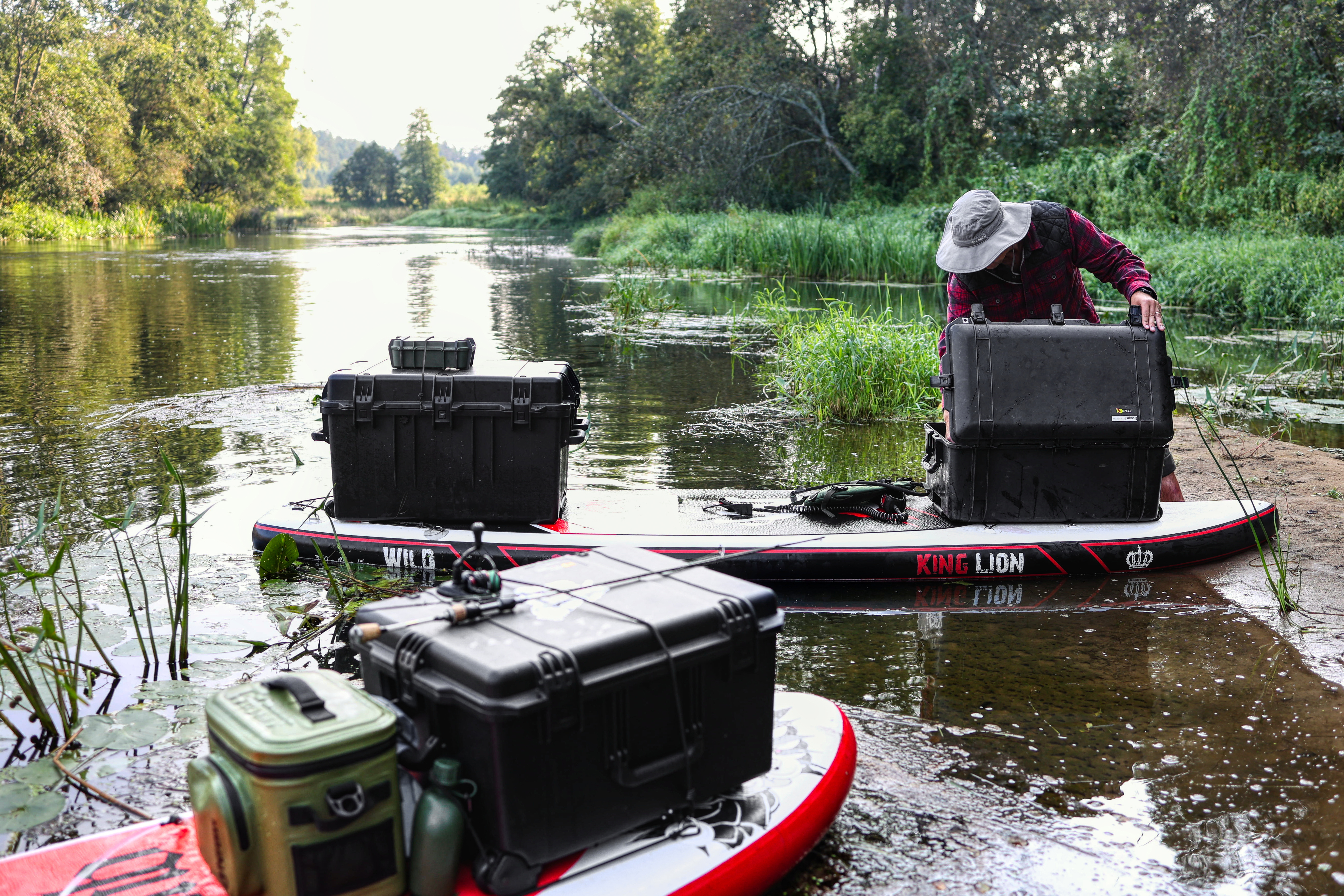
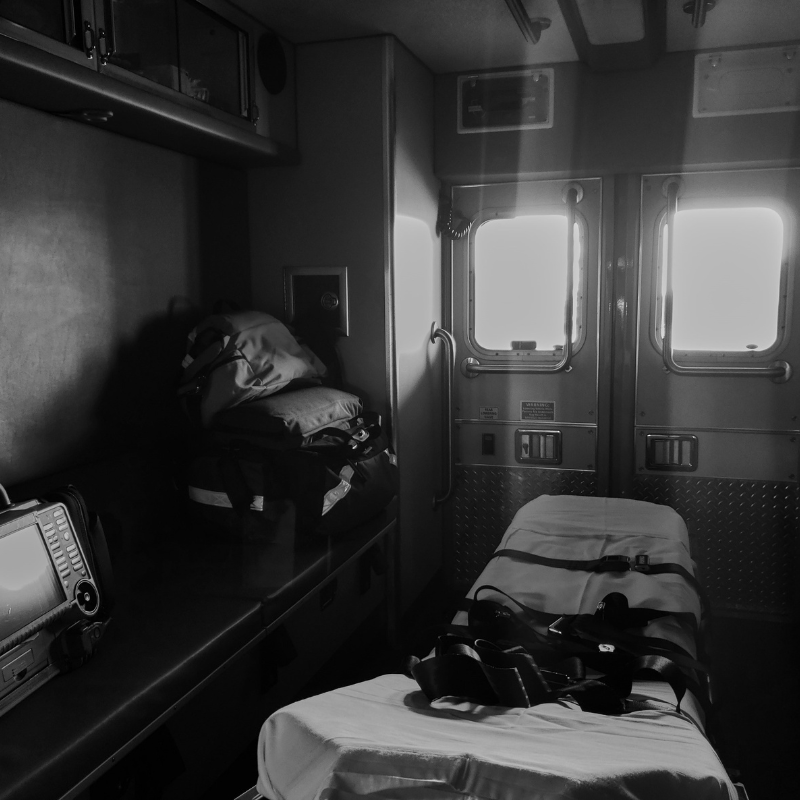
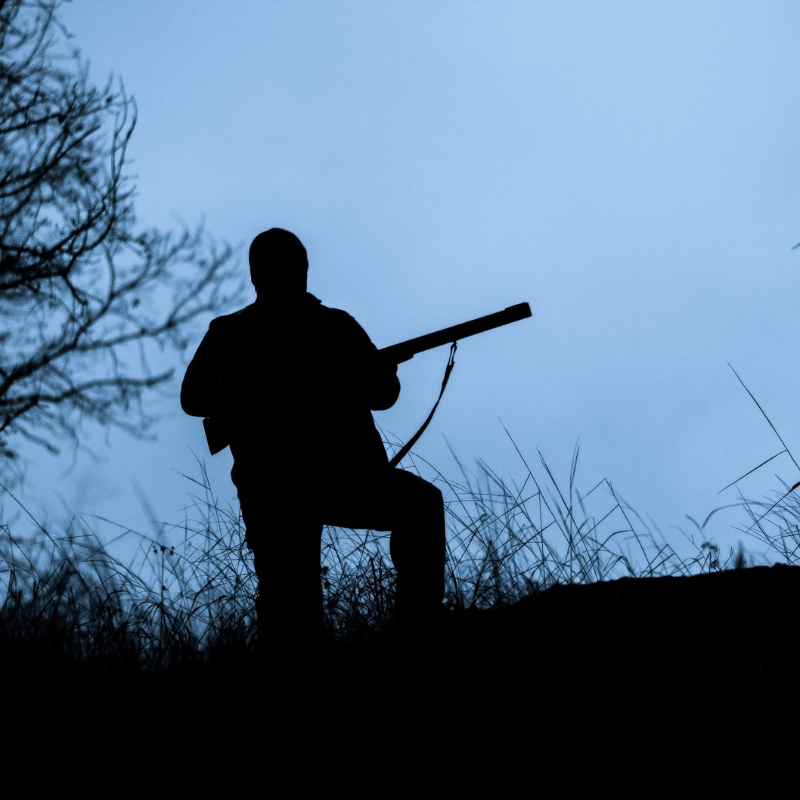
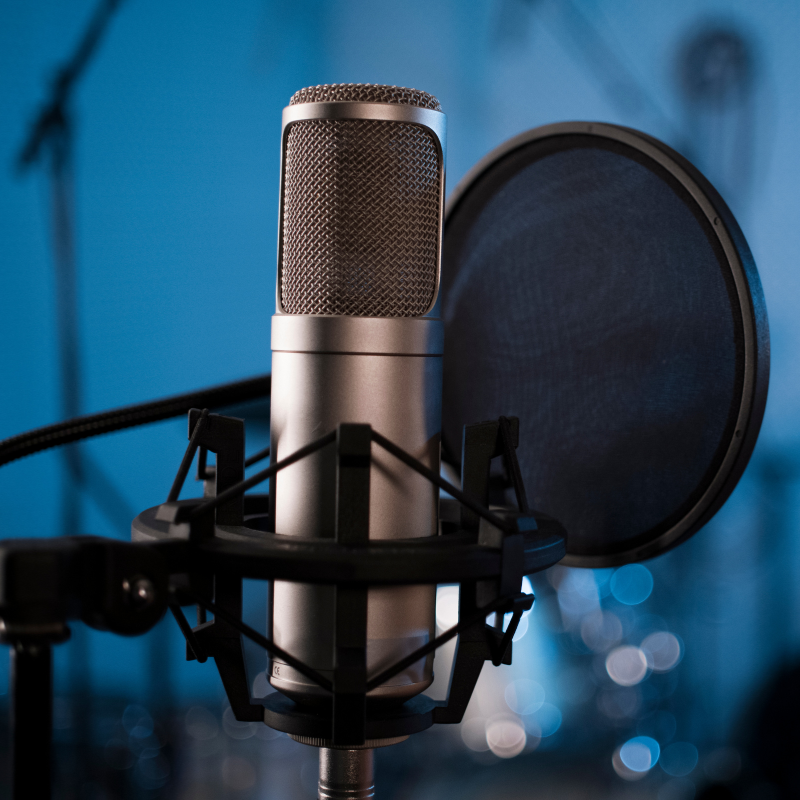

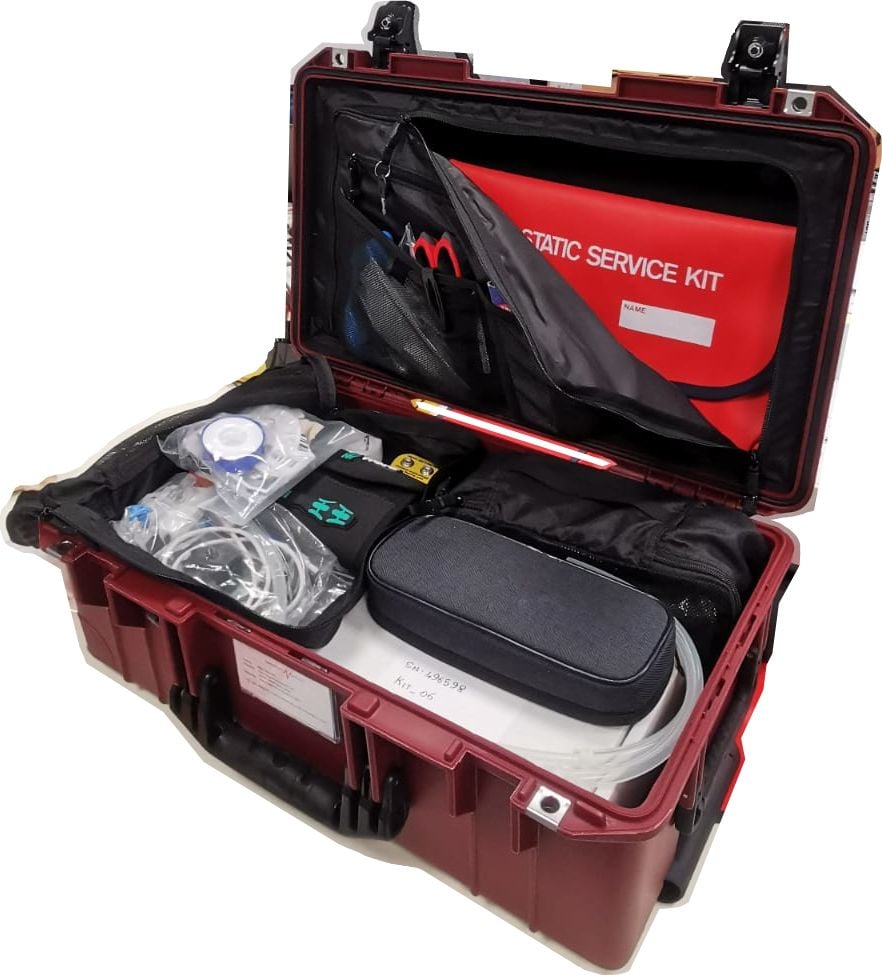

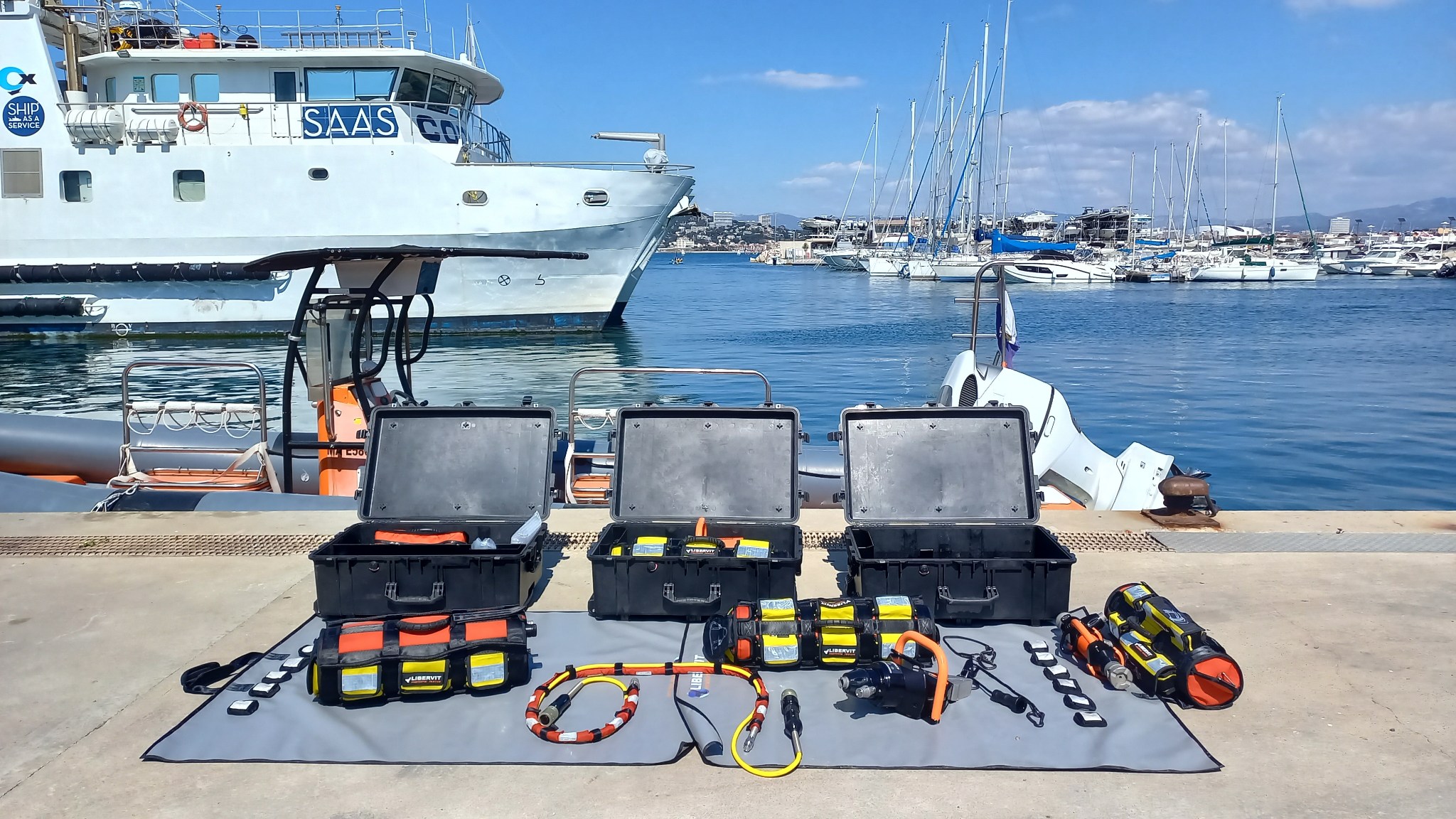
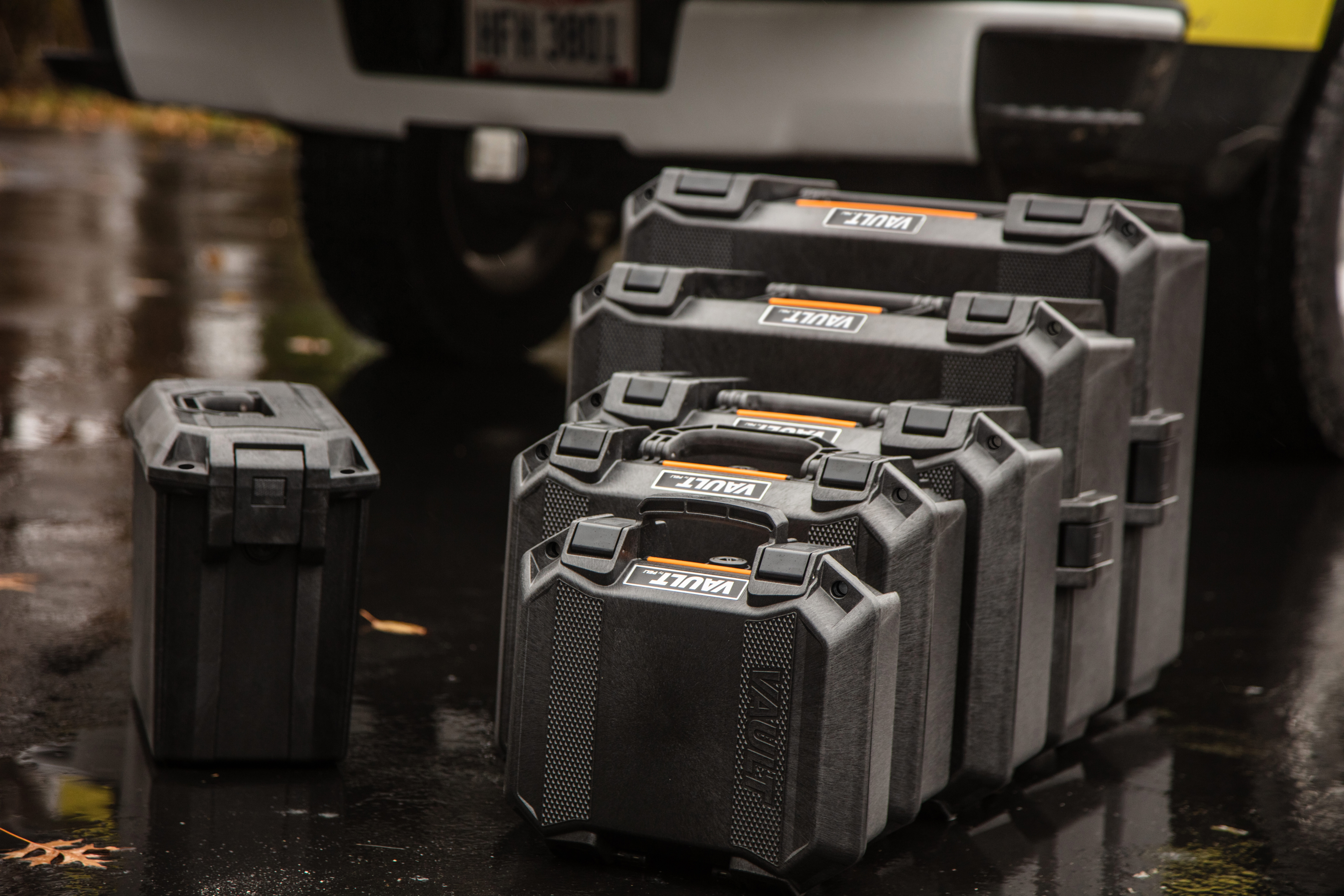

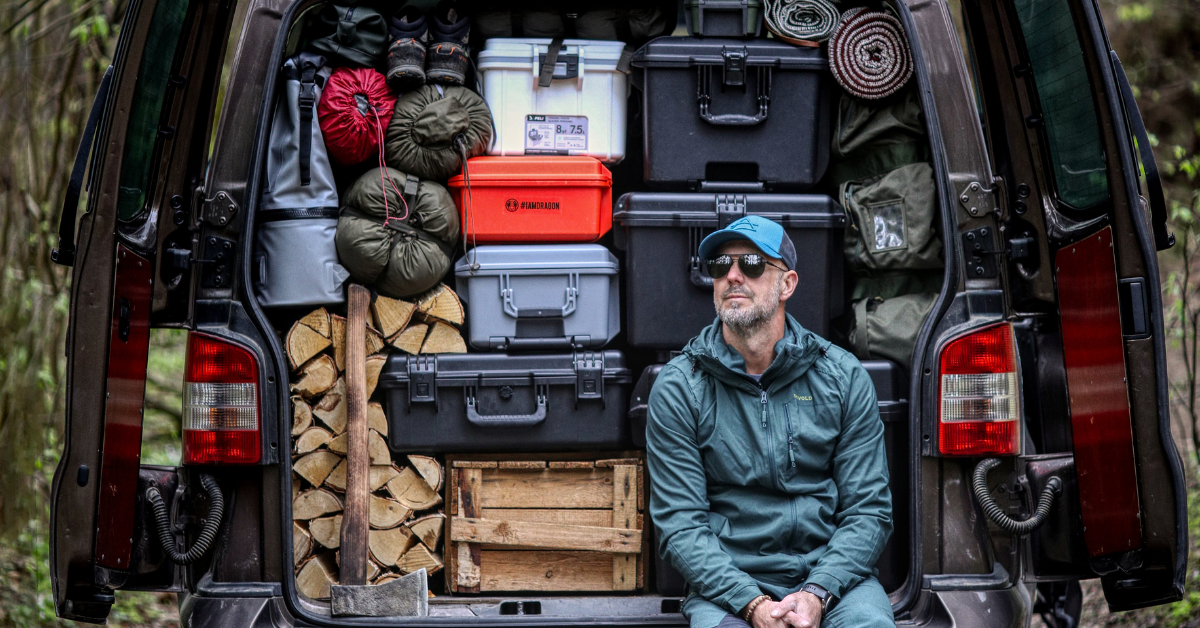
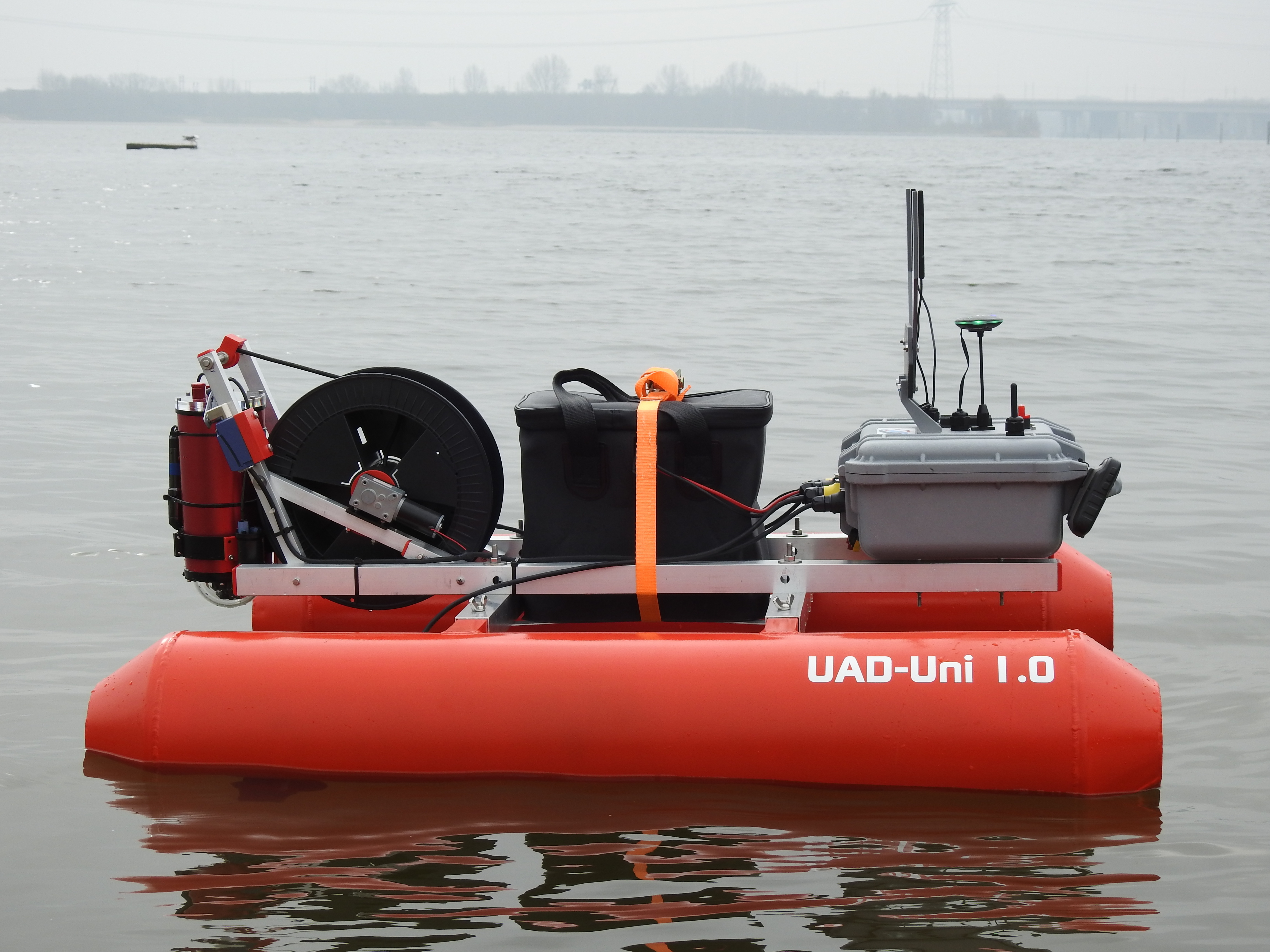
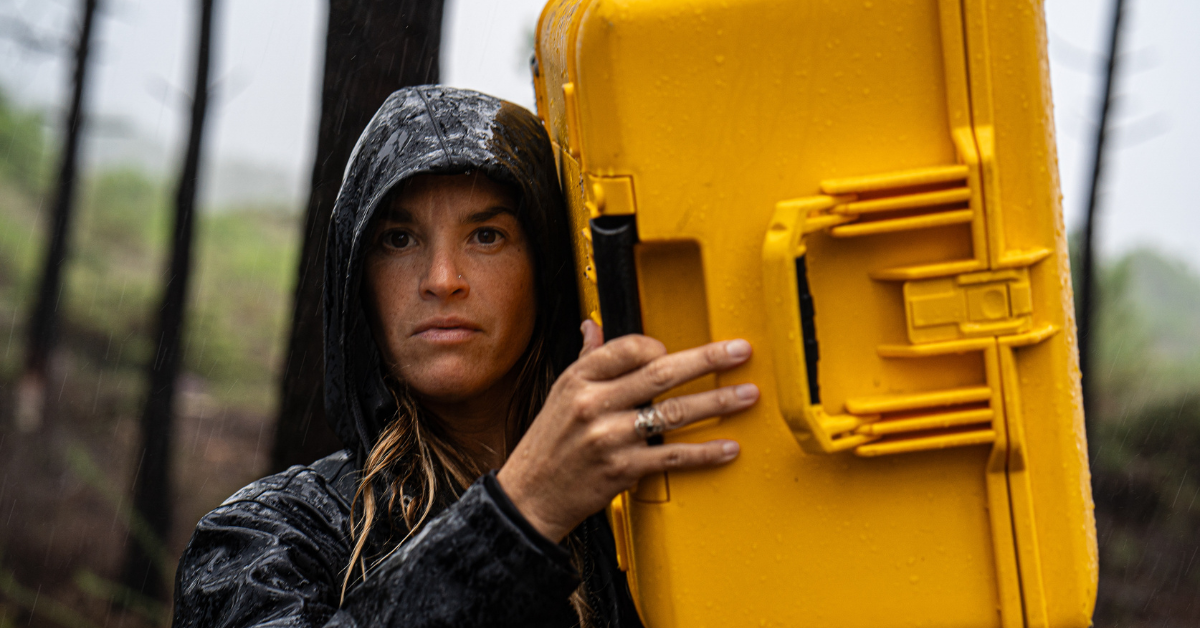

Post a comment